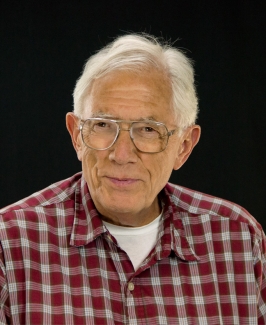
Developing statistical methods for estimating the performance of frequency standards and for distributing time and frequency information.
My research work has two aspects: (1) Designing and implementing the statistical process that defines the reference for civilian US time, which is called UTC(NIST). This work includes developing measurement hardware for calibrating and characterizing frequency standards and algorithms for combining the data from multiple standards into a robust and statistically optimum average. In addition, the time and frequency data are exchanged with other national laboratories and with the International Bureau of Weights and Measures (BIPM). This exchange realizes the international definitions of time and frequency and ensures that the national time scales are unified into a coherent ensemble. (2) Implementing methods for distributing time and frequency information to users. I have developed a number of different methods, which are designed specifically for commercial and financial users, high-end laboratories and the general public. My recent work includes developing Internet-based digital time services, which receive approximately 40,000 requests per second for time information (about 3.5e+9 requests per day), an authenticated service intended for commercial and financial applications, and a high-end method that is used for the JPL/NASA deep-space network, for timing pulsars at radio observatories, and for similar applications.


 The Physics Frontiers Centers (PFC) program supports university-based centers and institutes where the collective efforts of a larger group of individuals can enable transformational advances in the most promising research areas. The program is designed to foster major breakthroughs at the intellectual frontiers of physics by providing needed resources such as combinations of talents, skills, disciplines, and/or specialized infrastructure, not usually available to individual investigators or small groups, in an environment in which the collective efforts of the larger group can be shown to be seminal to promoting significant progress in the science and the education of students. PFCs also include creative, substantive activities aimed at enhancing education, broadening participation of traditionally underrepresented groups, and outreach to the scientific community and general public.
The Physics Frontiers Centers (PFC) program supports university-based centers and institutes where the collective efforts of a larger group of individuals can enable transformational advances in the most promising research areas. The program is designed to foster major breakthroughs at the intellectual frontiers of physics by providing needed resources such as combinations of talents, skills, disciplines, and/or specialized infrastructure, not usually available to individual investigators or small groups, in an environment in which the collective efforts of the larger group can be shown to be seminal to promoting significant progress in the science and the education of students. PFCs also include creative, substantive activities aimed at enhancing education, broadening participation of traditionally underrepresented groups, and outreach to the scientific community and general public.